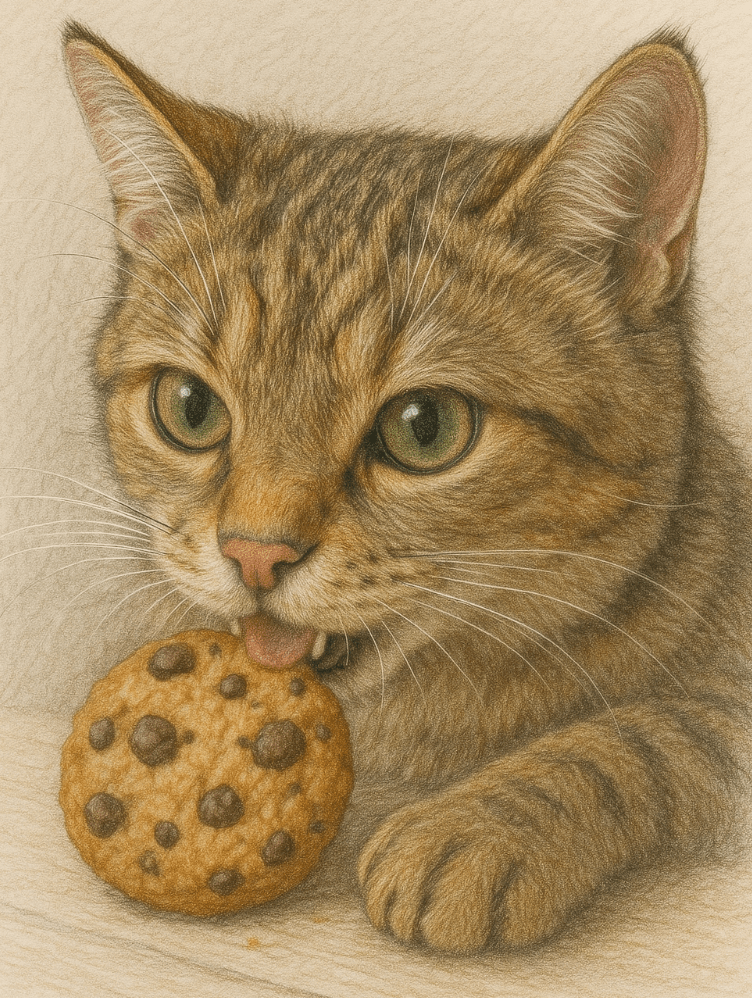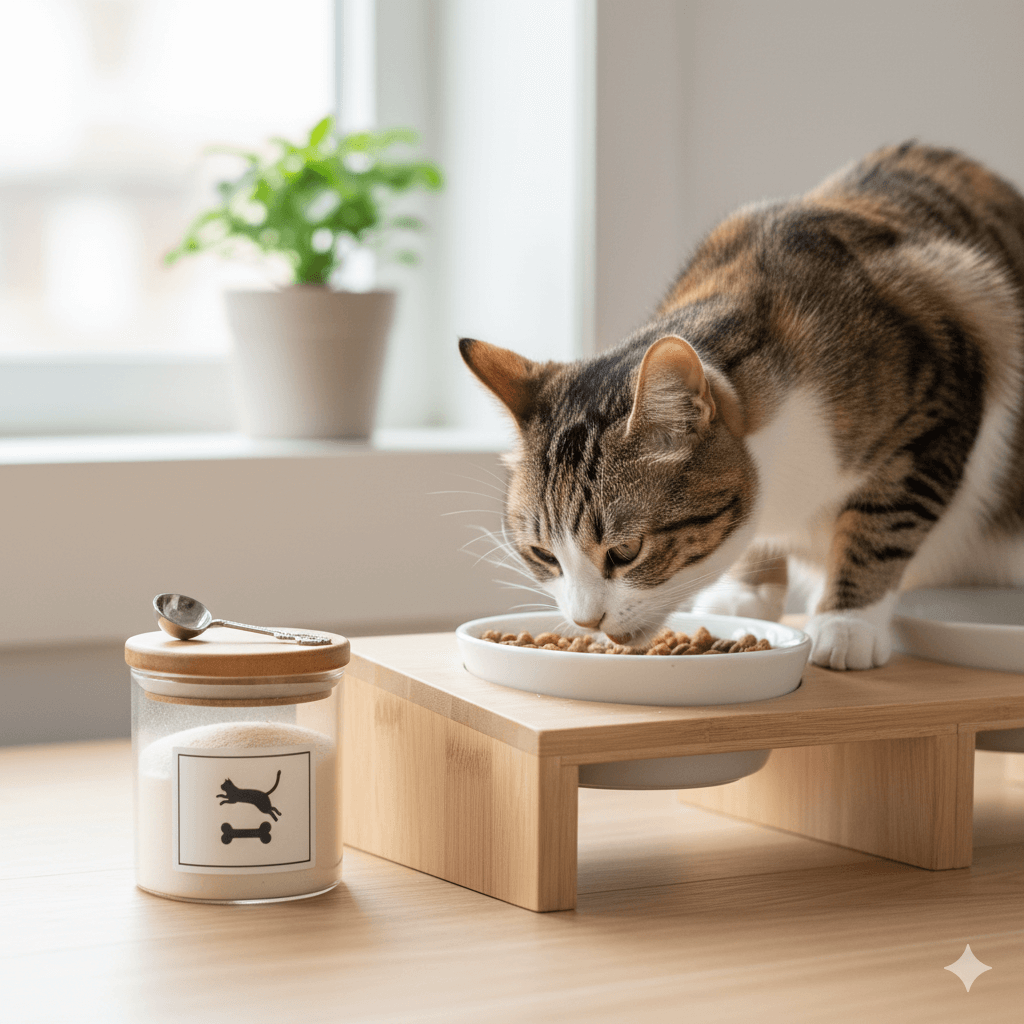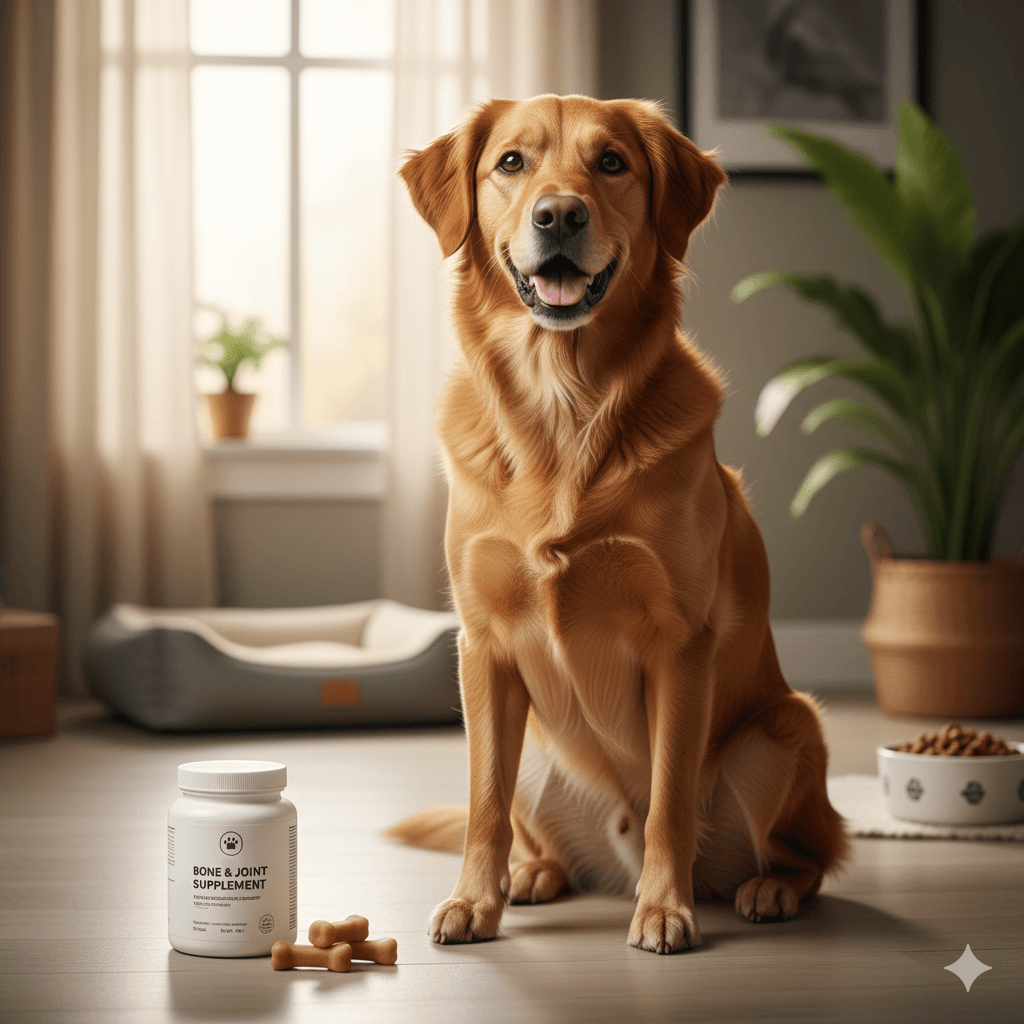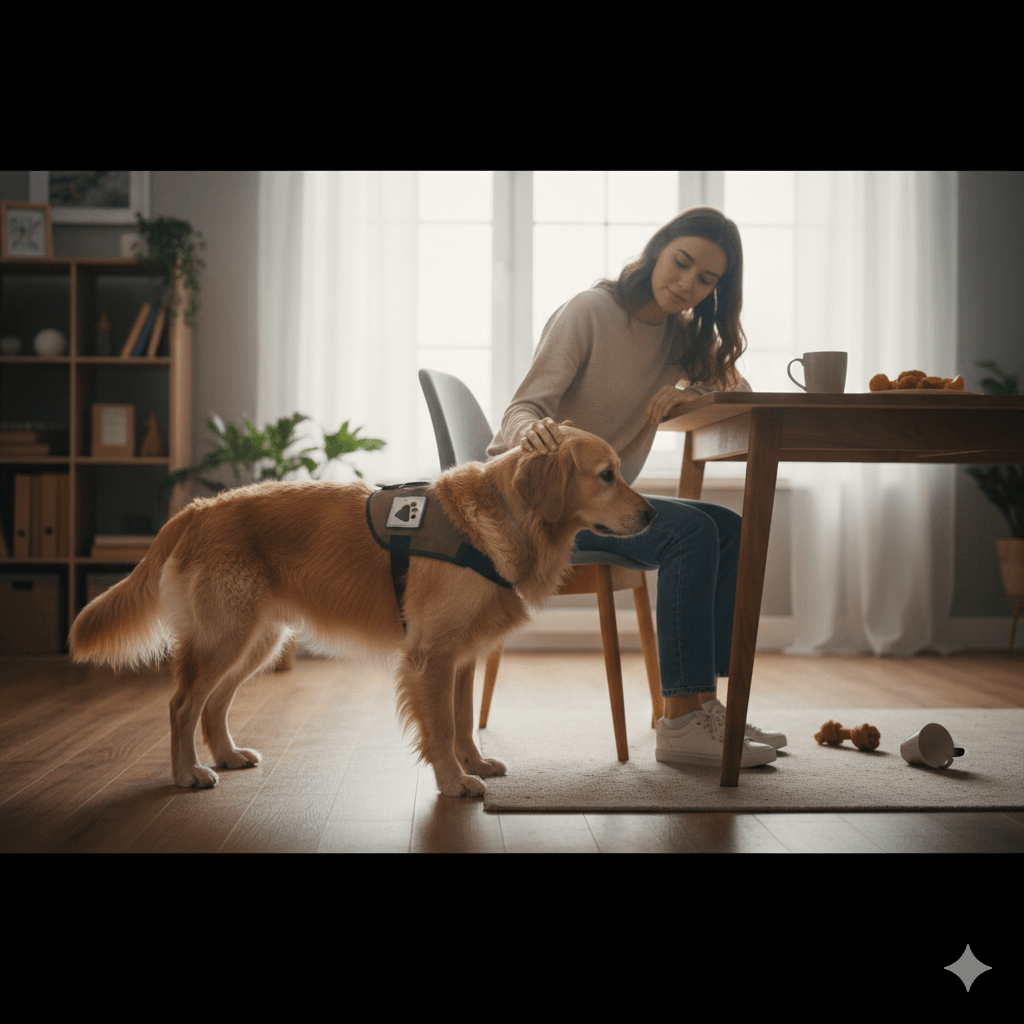Can Cats Eat Cookies?
Cats are curious creatures, and their keen interest in what we’re eating can sometimes lead to questions about whether certain human foods are safe for them. One such question that often arises is: Can cats eat cookies? While cookies might seem like a harmless treat to share, it’s important to understand that cats have unique dietary needs and sensitivities. Unlike humans, cats are obligate carnivores, meaning their bodies are designed to thrive on a meat-based diet. Feeding them inappropriate foods, including cookies, could pose health risks. In this blog post, we’ll explore the potential dangers of feeding cookies to cats, safer alternatives, and tips to ensure your feline friend stays healthy and happy.
Why Cookies Are Not Ideal for Cats
While cookies may be a delightful snack for humans, they are far from suitable for cats. Here’s why sharing cookies with your feline companion can be problematic.
High Sugar Content:
Cookies are typically loaded with sugar, which can lead to obesity, diabetes, and dental issues in cats. Their bodies are not equipped to process large amounts of sugar.Chocolate is Toxic:
Many cookies contain chocolate, which contains theobromine and caffeine—both of which are toxic to cats and can cause serious health problems.Artificial Ingredients:
Additives like artificial sweeteners (e.g., xylitol) or preservatives can be harmful to a cat’s digestive system and overall health.Low Nutritional Value:
Cookies offer no nutritional benefits for cats and can disrupt their balanced diet, leading to deficiencies or imbalances.Potential Allergens:
Ingredients like dairy, nuts, or wheat can trigger allergies or intolerances in some cats, causing gastrointestinal upset or skin issues.
Feeding cookies to your cat can do more harm than good, making it best to avoid them altogether.
Safer Alternatives to Cookies for Cats
If you want to treat your cat, there are plenty of healthier and safer options that align with their dietary needs. Here are some alternatives to cookies that your cat will love.
Cooked Chicken or Turkey:
Plain, unseasoned cooked chicken or turkey is a protein-rich treat that cats adore and can safely enjoy.Catnip Treats:
Catnip-infused snacks are specifically designed for felines and provide a fun, safe way to indulge their cravings.Freeze-Dried Meat Snacks:
Freeze-dried liver, beef, or fish treats are packed with nutrients and mimic the natural prey cats would hunt in the wild.Plain Pumpkin Puree:
A small amount of plain pumpkin puree can aid digestion and make a tasty, fiber-rich treat for your cat.Homemade Cat Treats:
Simple homemade treats using cat-safe ingredients like salmon or eggs can be a rewarding and healthy option.
These alternatives ensure your cat enjoys a treat that’s both delicious and beneficial to their health.
Check this guide 👉Can Cats Eat Lentils? Best 7 Expert Tips!
Check this guide 👉Can Cats Eat Honeydew? Best 7 Expert Tips!
Check this guide 👉Can Cats Eat Zucchini? Best 7 Expert Tips!

Foods Safe for Cats | Foods Dangerous for Cats |
|---|---|
Cooked chicken or turkey | Chocolate-containing cookies |
Plain pumpkin puree | Cookies with artificial sweeteners |
Catnip treats | Cookies with dairy or nuts |
Freeze-dried meat snacks | Sugary baked goods |
Homemade cat-safe treats | Processed human snacks |
Signs Your Cat May Have Eaten Something Harmful
If your cat accidentally eats cookies or another unsafe food, it’s crucial to recognize the signs of distress. Here’s what to watch for if you suspect your cat has consumed something harmful.
Vomiting or Diarrhea:
These are common symptoms of gastrointestinal upset caused by consuming inappropriate foods.Lethargy or Weakness:
A sudden lack of energy or unusual tiredness can indicate poisoning or other health issues.Excessive Drooling:
Drooling may signal nausea or irritation caused by toxic ingredients like chocolate or artificial sweeteners.Difficulty Breathing:
Labored breathing can result from severe allergic reactions or toxicity, requiring immediate attention.Loss of Appetite:
Refusal to eat or drink is a red flag that your cat may be unwell after ingesting something harmful.
If you notice any of these symptoms, contact your veterinarian immediately to address potential complications.
How to Prevent Your Cat from Eating Unsafe Foods
Prevention is key to ensuring your cat stays safe and healthy. By taking proactive measures, you can minimize the risk of them consuming harmful foods like cookies.
Store Food Out of Reach:
Keep cookies, baked goods, and other human snacks in secure containers or cabinets where your cat can’t access them.Supervise Snack Time:
If you’re enjoying cookies or other treats, ensure your cat is in another room to prevent accidental sharing.Educate Family Members:
Make sure everyone in your household understands which foods are unsafe for cats to avoid accidental feeding.Provide Cat-Specific Treats:
Keep plenty of cat-safe treats on hand to satisfy your cat’s cravings without resorting to human food.Monitor Curious Behavior:
Cats are naturally curious; keep an eye on them during meal prep or when food is left unattended.
By following these steps, you can protect your cat from accidentally consuming harmful foods.
Common Mistakes When Feeding Cats Human Food
Many pet owners unintentionally make mistakes when sharing human food with their cats. Avoiding these errors can prevent unnecessary health risks.
Assuming All “Natural” Foods Are Safe:
Just because a food is natural doesn’t mean it’s safe for cats. For example, grapes and onions are natural but toxic to felines.Ignoring Portion Sizes:
Even safe foods can cause problems if given in excessive amounts, leading to obesity or nutrient imbalances.Feeding Processed Foods:
Processed human snacks often contain additives, preservatives, and high levels of sodium or sugar, which are harmful to cats.Not Checking Ingredients:
Failing to read labels can lead to exposing your cat to hidden toxins like xylitol or chocolate.Rewarding Begging Behavior:
Giving in to begging reinforces the behavior and increases the likelihood of your cat consuming unsafe foods in the future.
Avoiding these mistakes ensures your cat stays safe while enjoying occasional treats.
Understanding Your Cat’s Unique Dietary Needs
Cats have specific dietary requirements that differ significantly from humans or even dogs. Understanding these needs helps you make better decisions about their diet.
Obligate Carnivores:
Cats require a diet rich in animal-based protein to meet their nutritional needs, unlike omnivorous humans.Limited Ability to Process Carbs:
Cats lack the enzymes needed to efficiently digest carbohydrates, making sugary or starchy foods unsuitable.Essential Nutrients:
Certain nutrients like taurine, arachidonic acid, and vitamin A must come from animal sources, as cats cannot synthesize them adequately.Hydration Needs:
Cats have a low thirst drive, so wet food or moisture-rich treats are essential to prevent dehydration.Sensitivity to Toxins:
Cats are more sensitive to certain substances, such as theobromine in chocolate or xylitol in sugar-free products.
Recognizing these unique needs ensures your cat receives the proper nutrition to thrive.
Fun Ways to Treat Your Cat Without Cookies
Treating your cat doesn’t have to involve human snacks like cookies. Here are some creative and safe ways to spoil your feline friend.
Interactive Playtime:
Engage your cat with toys or laser pointers to stimulate their hunting instincts—it’s a calorie-free way to entertain them.DIY Cat Treat Recipes:
Whip up simple homemade treats using cat-safe ingredients like tuna, salmon, or chicken broth.Puzzle Feeders:
Fill puzzle feeders with kibble or treats to challenge their mind and reward them with food.Cat Grass:
Offer cat grass as a safe, edible plant option that satisfies their urge to nibble on greens.Special Grooming Sessions:
Reward your cat with extra brushing or pampering—they’ll appreciate the attention just as much as a treat.
These ideas allow you to bond with your cat while keeping their diet and health in check.
Frequently Asked Questions About Cats and Cookies
Can cats eat oatmeal cookies?
While oatmeal cookies may seem less harmful, they still contain sugar and potentially unsafe ingredients like raisins or chocolate. It’s best to avoid them.
What should I do if my cat eats a cookie?
Monitor your cat for symptoms like vomiting or lethargy. If the cookie contained chocolate or artificial sweeteners, contact your vet immediately.
Are sugar-free cookies safe for cats?
No, sugar-free cookies often contain xylitol, which is highly toxic to cats and can cause life-threatening complications.
Can kittens eat cookies?
Kittens are even more vulnerable to harmful ingredients, so cookies should never be given to them under any circumstances.
What human foods are safe for cats?
Safe options include plain cooked meats, plain pumpkin puree, and small amounts of certain fruits like blueberries or watermelon (without seeds).
Prioritizing Your Cat’s Health Over Temptation
While it might be tempting to share a cookie or other human snacks with your cat, their health and well-being should always come first. Understanding the risks associated with feeding cookies to cats—and knowing safer alternatives—allows you to provide treats that are both enjoyable and nutritious. By staying vigilant and informed, you can ensure your feline friend remains happy, healthy, and thriving. Remember, the best way to show your love is by giving them the care and nutrition they truly need.
Understanding Bone Supplement for Cats: Best 7 Expert Tips! – Safe, vet-approved guidance for strong feline bones & balanced nutrition.
Bone Supplement for Dogs: Best 7 Expert Tips! – Expert guide to calcium, collagen & bone health for every life stage.
Understanding Can Cats Get Sunburn: Best 7 Expert Tips! – Protect your feline from UV damage with vet-backed prevention strategies.
How to Train a Seizure Alert Dog: Best 7 Expert Tips! – Learn expert-backed steps to nurture natural instincts into reliable, life-saving seizure alerts.




